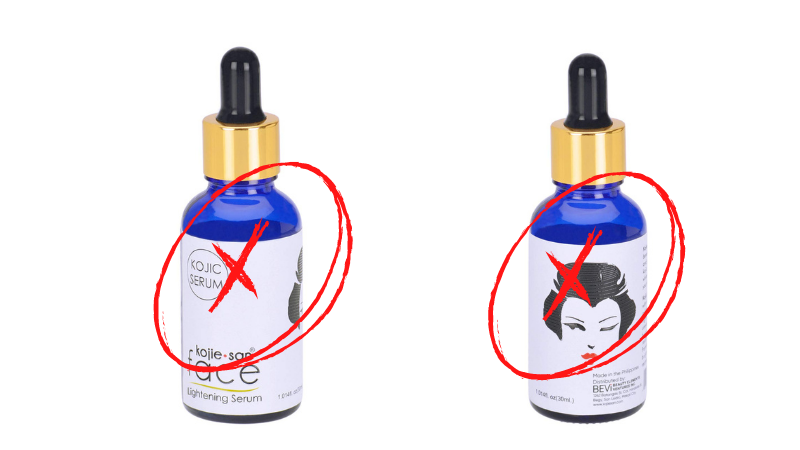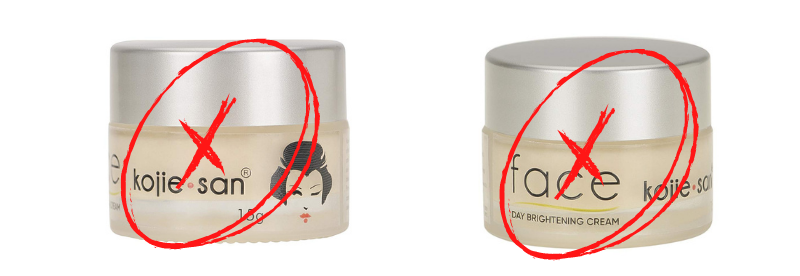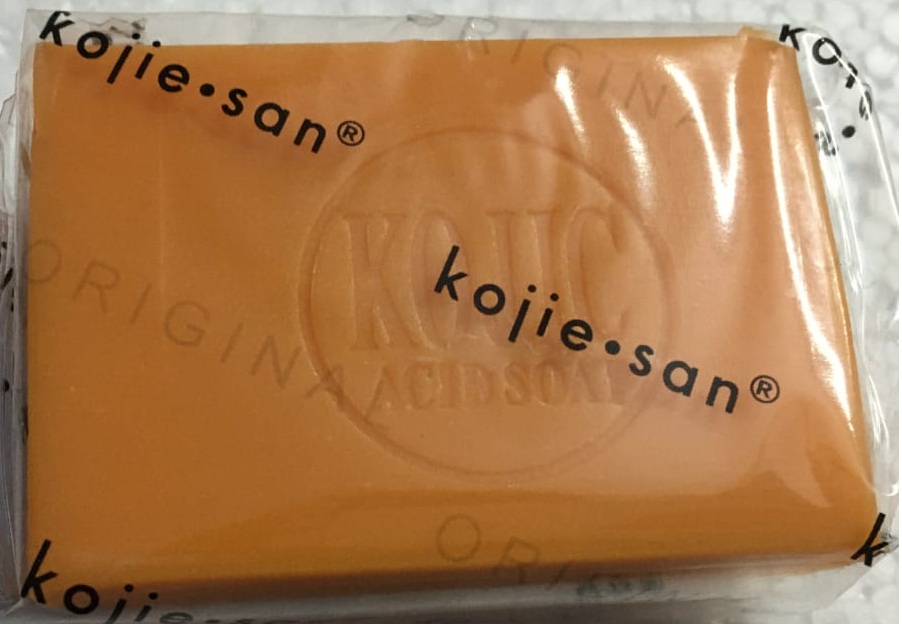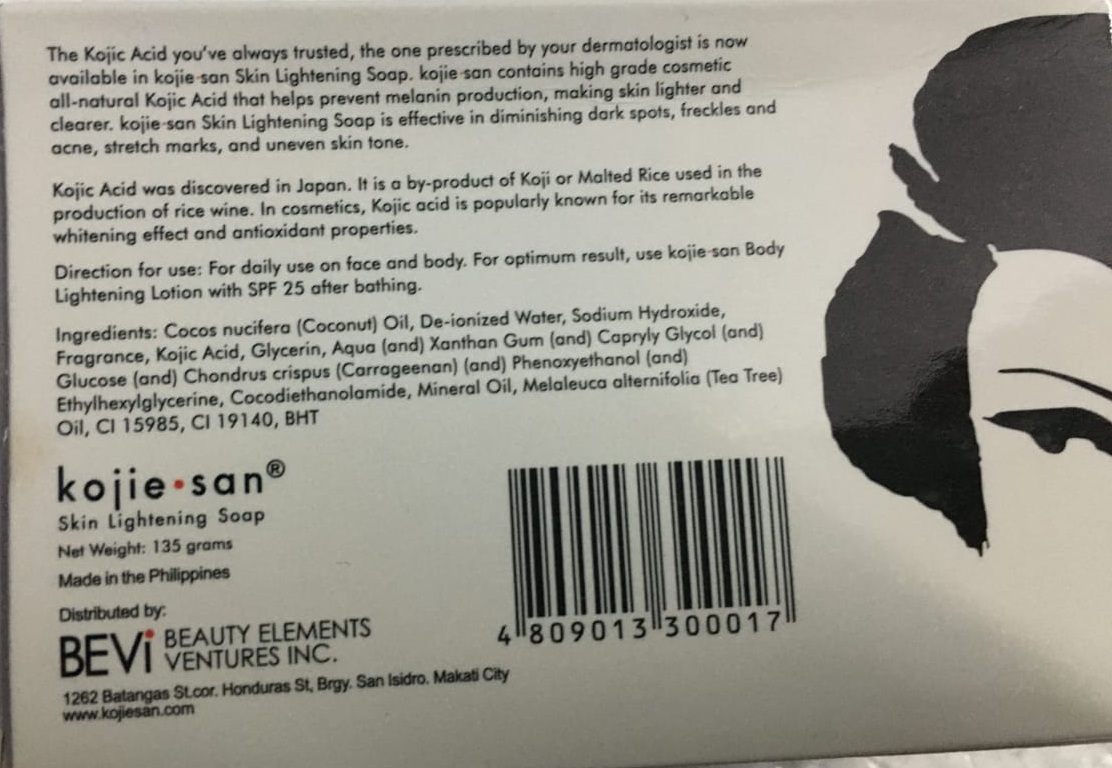Kojie San soap is a natural product containing kojic acid, renowned for its skin-lightening and antioxidant properties. Derived from the fermentation of malting rice for Japanese rice wine, this soap effectively lightens dark spots caused by acne, age spots, freckles, sun damage, and other skin pigmentation issues. Beyond its skin-lightening effects, kojic acid possesses antimicrobial and antifungal properties, making it beneficial for treating acne caused by bacteria and fungal skin infections. Regular use of kojic acid soap may help prevent such infections. Additionally, the soap is enriched with high-grade virgin coconut oil for added benefits. Its excellence has been recognized, receiving awards such as “Bath Soap Brand of the Year” at the Watson’s Health and Beauty Awards and the Consumer “SM Top Choice” award.
How To Identify Fake kojie San Soap
- Cheap and Poor Packaging: Counterfeit products often use substandard and low-quality packaging materials. Check for any signs of shoddy packaging.
- Text Fonts: Genuine Kojie San products use specific text fonts for descriptions and other details. Mismatched fonts on a product could indicate it is fake.
- Read Labels: Look out for easy-to-spot spelling and grammatical errors in product descriptions, as these are common in fake items.
- Different Fragrance: Regular Kojie San buyers will notice unusual fragrances in fake products, as our authentic products have a consistent scent.
- Soap Finishing: Authentic Kojie San soaps have a high-quality and consistent finishing, whereas fake soaps may exhibit poor and inconsistent finishes.
- Batch Number and Expiry: Pay attention to the batch number and expiry date printed on the packaging. Be cautious of products with missing batch numbers or long expiry periods beyond the usual two year.
How To Ensure the Authenticity of Your Kojie San product.
- Buy from authorized distributors like Jumia.com.ng, or those listed on the Kojie San website.
- Check the packaging for the manufacturer, BEVI (Beauty Elements Ventures Inc.), and the complete ingredient list, which must include Kojic Acid and other essential components.
- Look for the “zero pigment light” mark on the updated packaging; its absence indicates a fake product.
- Verify authenticity using the unique sticker with a scannable QR code on the packaging. Download the HiddenTag application to scan the qr code for confirmation.
Below are examples of fake Kojie San Soap



